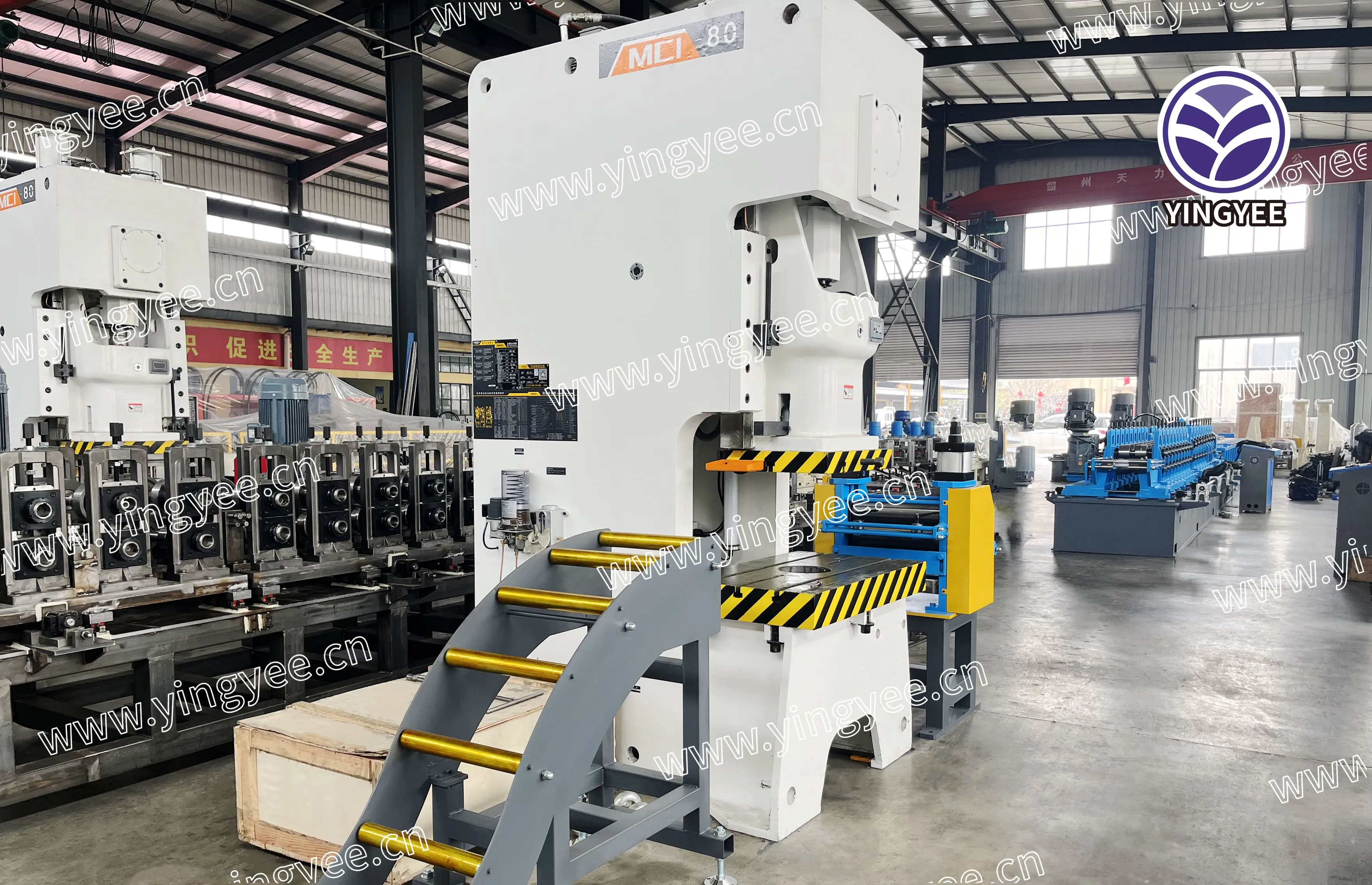
Understanding the Forming Machine An Essential Tool in Manufacturing
In the realm of manufacturing, the efficiency and effectiveness of production processes are paramount. Among the various machines that facilitate these processes, the forming machine stands out as a crucial tool. It plays a vital role in shaping materials into desired forms and is used in various industries, including metalworking, plastics, and textiles. This article delves into the functionalities, types, benefits, and applications of forming machines, highlighting their significance in modern manufacturing.
What is a Forming Machine?
A forming machine is a specialized piece of equipment designed to shape materials by applying mechanical forces. These machines manipulate raw materials, such as metals, plastics, or composites, into specific geometries or configurations. Forming processes can include bending, drawing, stretching, and rotating, among others, and are essential for creating everything from automotive parts to consumer goods.
Types of Forming Machines
Forming machines come in various types, each tailored to specific manufacturing needs
1. Press Brakes These machines are used to bend sheet metal into desired angles. Hydraulic or mechanical presses apply force to the material, allowing for precise and repeatable bending processes.
2. Roll Forming Machines This type utilizes a series of rollers to gradually shape metal sheets into intricate profiles. It is widely used in producing long lengths of identical cross-sections, making it suitable for items like metal roofing and siding.
3. Injection Molding Machines Primarily used for plastics, these machines inject molten plastic into a mold, allowing it to cool and harden into the desired shape. This process is widely employed in manufacturing a vast array of consumer products.
4. Stretch Forming Machines These machines stretch materials while heating them to create complex shapes. Commonly used in the aerospace sector, they allow for the production of lightweight yet strong components.
5. Blow Molding Machines Used for creating hollow plastic products, blow molding involves inflating heated plastic within a mold to form items like bottles and containers.

Benefits of Using Forming Machines
The utilization of forming machines offers several significant advantages
- Increased Productivity By automating the shaping process, forming machines dramatically reduce production time and labor costs, allowing for higher output rates.
- Consistency and Quality Forming machines ensure uniformity in production. Their precision reduces material waste and enhances the overall quality of the final product.
- Versatility With various types of forming machines available, manufacturers can choose equipment that best suits their specific processes and materials, enhancing flexibility in production capabilities.
- Material Efficiency Many forming processes maximize the use of raw materials, leading to less waste and reducing overall production costs.
Applications in Various Industries
Forming machines are employed across a wide range of industries. In automotive manufacturing, they are crucial for creating body panels, frames, and components that meet stringent performance and safety standards. The aerospace industry relies on stretch forming for lightweight structural parts, while the electronics sector uses injection molding to produce intricate plastic casings for devices.
Furthermore, the construction industry benefits from roll forming machines that produce roofing and siding materials, and the packaging industry uses blow molding for producing containers and bottles.
Conclusion
In conclusion, forming machines are indispensable assets in the manufacturing landscape. Their ability to efficiently shape materials into precise forms not only enhances productivity but also improves product quality and reduces waste. As technology advances, we can expect further innovations in forming machinery, leading to even greater efficiency and capabilities. The ongoing evolution of this essential equipment will continue to drive progress across various industries, solidifying its place as a cornerstone of modern manufacturing practices. Whether it’s shaping metal, molding plastic, or creating intricate designs, forming machines are at the heart of transforming raw materials into finished products that meet the needs of consumers and industries alike.